In this article, the late – and dearly missed – Gavin Anderson enjoys a slower pace of life on the island of Grand Turk, and discovers that awesome wall diving lies just a short distance off the shoreline.
It doesn’t take long to get into island mode when you touch down on Grand Turk. Driving from the airport, you’ll find your taxi giving way to donkeys, while egrets strut their stuff alongside the dusty main road and, in the distance, flamingos and pelicans fly by. As you reach the main streets of Duke and Queen, you’ll discover beautiful colonial-style buildings dating back to the 18th and 19th century, reflecting the Bermudian style of the Salt-raking era – you’ll really feel like you’ve arrived on an island full of natural beauty, history and a real slow pace of life.
Grand Turk hasn’t changed much in years, and thankfully the diving remains world class. Just a skip and a hop off the shore, you’ll find what is the third largest barrier reef in the world and a whole load of excellent dive sites.
The dive centres, like most of the accommodation on the island, are located on Duke Street, all just a short walk from each other. Right at the start of the street is Grand Turk Divers. Front of house Chris, who helps rescue island dogs and other animals in her spare time, was very friendly and efficient and, as I soon was to find out, complemented the Divemasters, Jason and Andre, and Smitty, the boss, very well, all being extremely laid back and chilled, like a perfect island-style cocktail! Smitty is a diving legend in the Turks. For over 40 years he’s been taking people diving round the island. I really enjoyed being able to dive with him during my week.
I quickly discovered how easy diving on Grand Turk is. I’d landed at 9am and by 11.30am I found myself wandering a few yards from the dive centre over the road, on to the beach and into one of their three shade-covered boats. Just five minutes later we were right over the wall.
Most of the dive sites along the wall have areas of sand close to the wall perfect to drop the anchor on, and for beginner divers or those just arriving to get their buoyancy sorted out. Most sites feature coral bommies and the main reef at the top of the wall slopes gradually down from about 10m-15m before dropping straight down to 6,000 feet.
Cruising along the wall was an awesome feeling. One never knew what might turn up, from spotted eagle rays, blacktip and reef sharks, to hawksbill and green sea turtles. From late-January to April, humpback whales migrate right past the walls of Grand Turk and it is possible to jump in and snorkel with them – now that would be something!
The Turks and Caicos government established the Columbus Landfall National Park here back in 1992. It has really help protect fish numbers and you can tell it’s working. There are a number of friendly Nassau grouper. I enjoyed the company of one for an entire dive – it was a bit like being on a walk with the dog! I also enjoyed some dives alongside some very friendly hawksbill turtles, which seemed to enjoy hanging out with me too.
During my first dive I quickly discovered the top of the wall was the best place to explore. You could swim with schools of yellowtails grunts and horse-eye jacks, along with all the usual Caribbean reef, such as the damsels, parrot, trigger, file, angel and pufferfish, while keeping one eye out into the blue for the bigger stuff.
As well as being great for fish spotting, there were some great corals to check out, including giant star and brain and, just off the reef top down on the first section of wall, there were some amazing plate corals, gorgonians and beautiful encrusting yellow and orange sponges. The barrel sponges were a good size and during the week at sites more shaded from the sun, I found large areas of black coral no deeper than 20m.
I did venture down to 30m on occasion following queen angelfish, which tended to play hide and seek with me in and out of the most-colourful areas of the wall. It was here I also got some close encounters with both Caribbean and blacktip reef sharks as they patrolled up and down the wall.
From day one, I noticed Smitty and the other Divemasters were carrying long spears with them. I wondered if they had some over-interested sharks but no, it was to control lionfish numbers.
Invasive lionfish, which have had a real negative effect in other places throughout the Caribbean, are almost absent here, such is the dedication of the Grand Turk Divemasters and it’s really helping keep the fish numbers healthy.
In Provo, the Divemasters have stopped spearing due to insurance worries as the local sharks had started to become over-interested in the Divemasters and their sticks. Something great has happened though and, despite lionfish numbers still being a problem here, there is hope as the sharks have now learnt to prey naturally on the lionfish, as have the larger grouper.
Throughout my week on the great Grand Turk wall, I enjoyed several sites with scenic features, such as McDonald’s, where we ventured through its magnificent arch, and Tunnels and Rolling Hills, both with lovely swim-throughs. However, one of my favourite sites was Fish Pond.
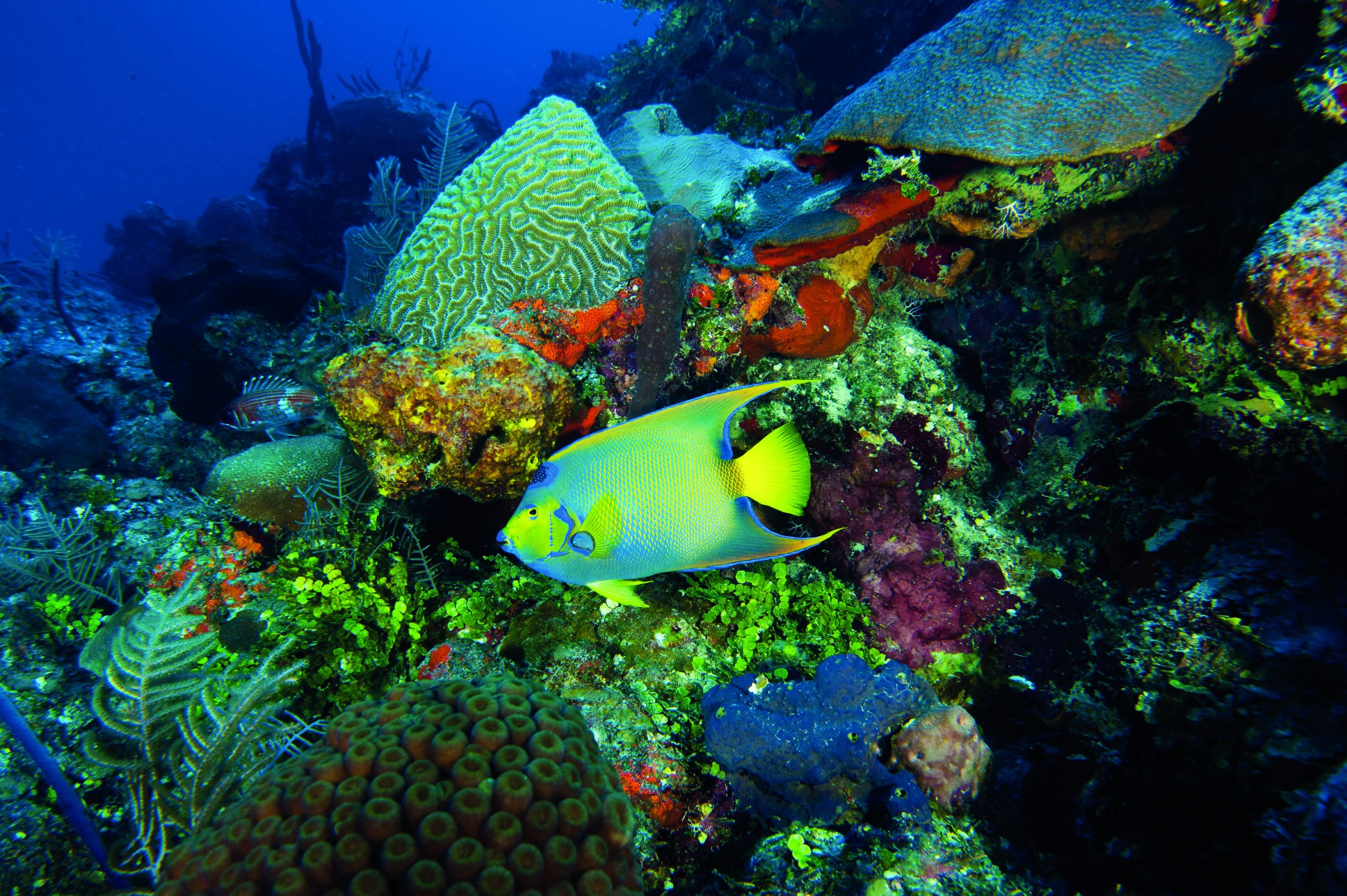
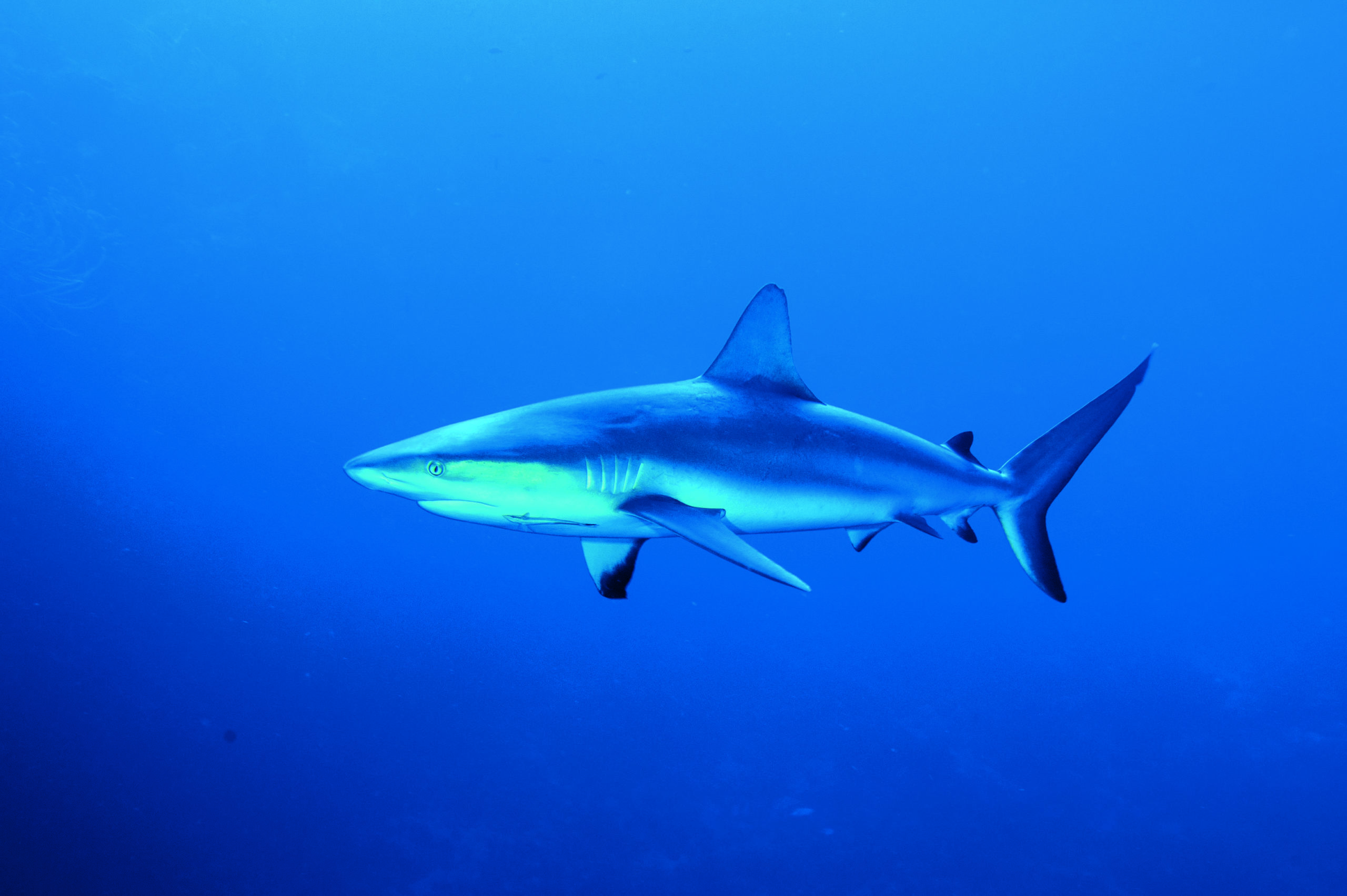
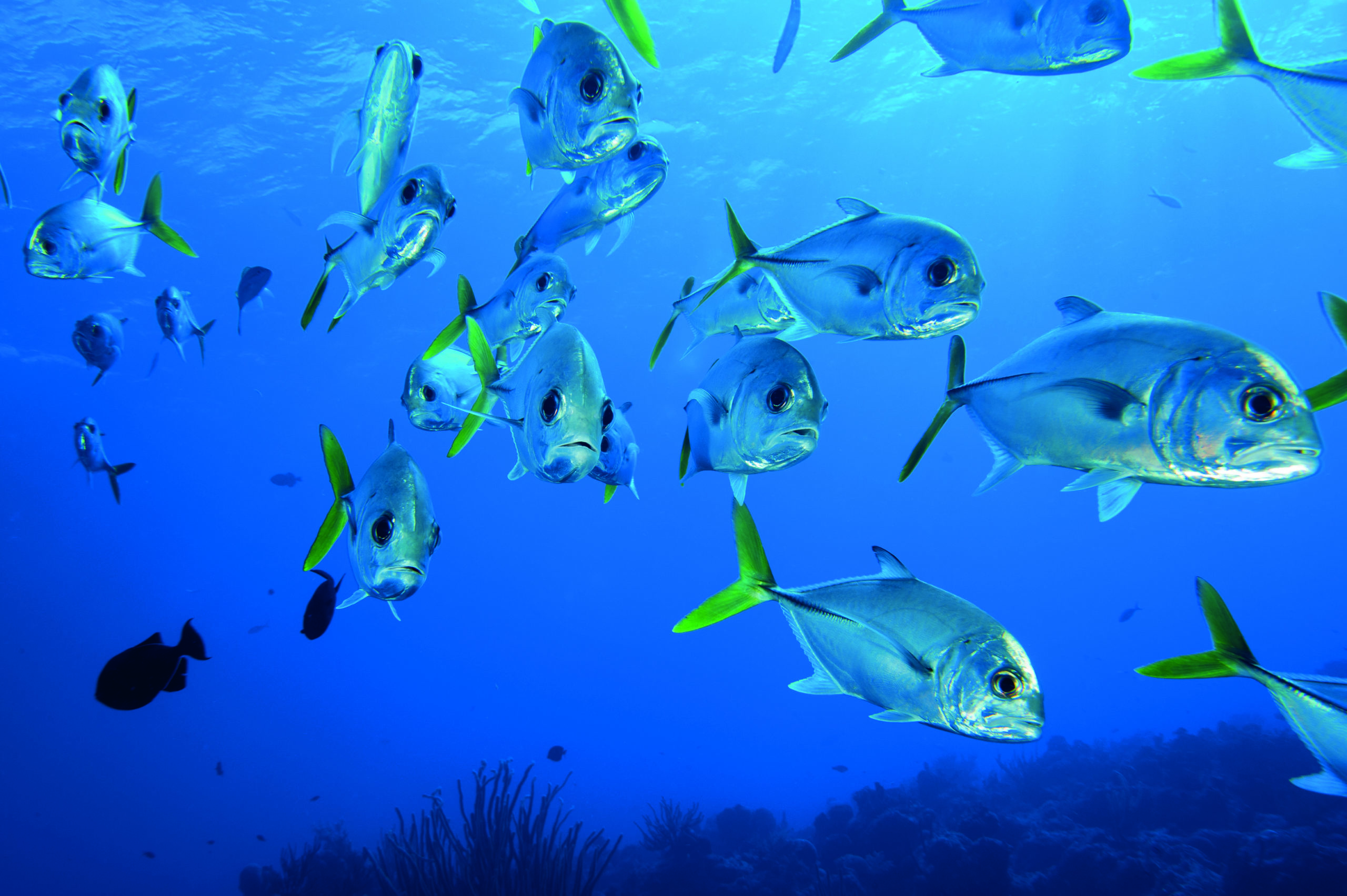
Here we had a bit of a current on top of the reef and a large school of horse-eye jacks circled us while close by a group of huge barracuda looked on. I also enjoyed exploring along the wall here past fantastic fields of deepwater gorgonians with sprinklings of colourful orange elephant ear sponges.
We also saw eagle rays and more sharks here. Just up from Fish Pond is the Aquarium, where the reef ridges rise and fall, creating several sand canyons. On the ridges there were lots of healthy brain corals, sea rods and sponges.
If you’re into smaller creatures, such as nudibranchs, frogfish and seahorses, Mama Nature is a good place. Smitty took me here to look for a pair of seahorses. We found a brilliant yellow female and a pregnant brown male fastened at the bottom of a pretty purple seafan.
Grand Turk Divers, as do most of the dive centres, run trips to Salt Cay, Gibbs Cay and South Caicos. Salt Cay has good shallow reefs and walls, Gibbs Cay is great for stingrays (a bit like Stingray City on Grand Cayman), and South Caicos is a good place for the advanced diver looking to explore deeper walls and the chance of large animal encounters. Sadly, our weather broke and diving had to be cancelled, so I have several reasons to come back here as I didn’t see any humpback whales – it was just a little too early in the season.
There are a number of friendly Nassau grouper. I enjoyed the company of one for an entire dive – it was a bit like being on a walk with the dog!
I did venture down to 30m on occasion following queen angelfish, which tended to play hide and seek with me in and out of the most-colourful areas of the wall
Photographs by Gavin Anderson
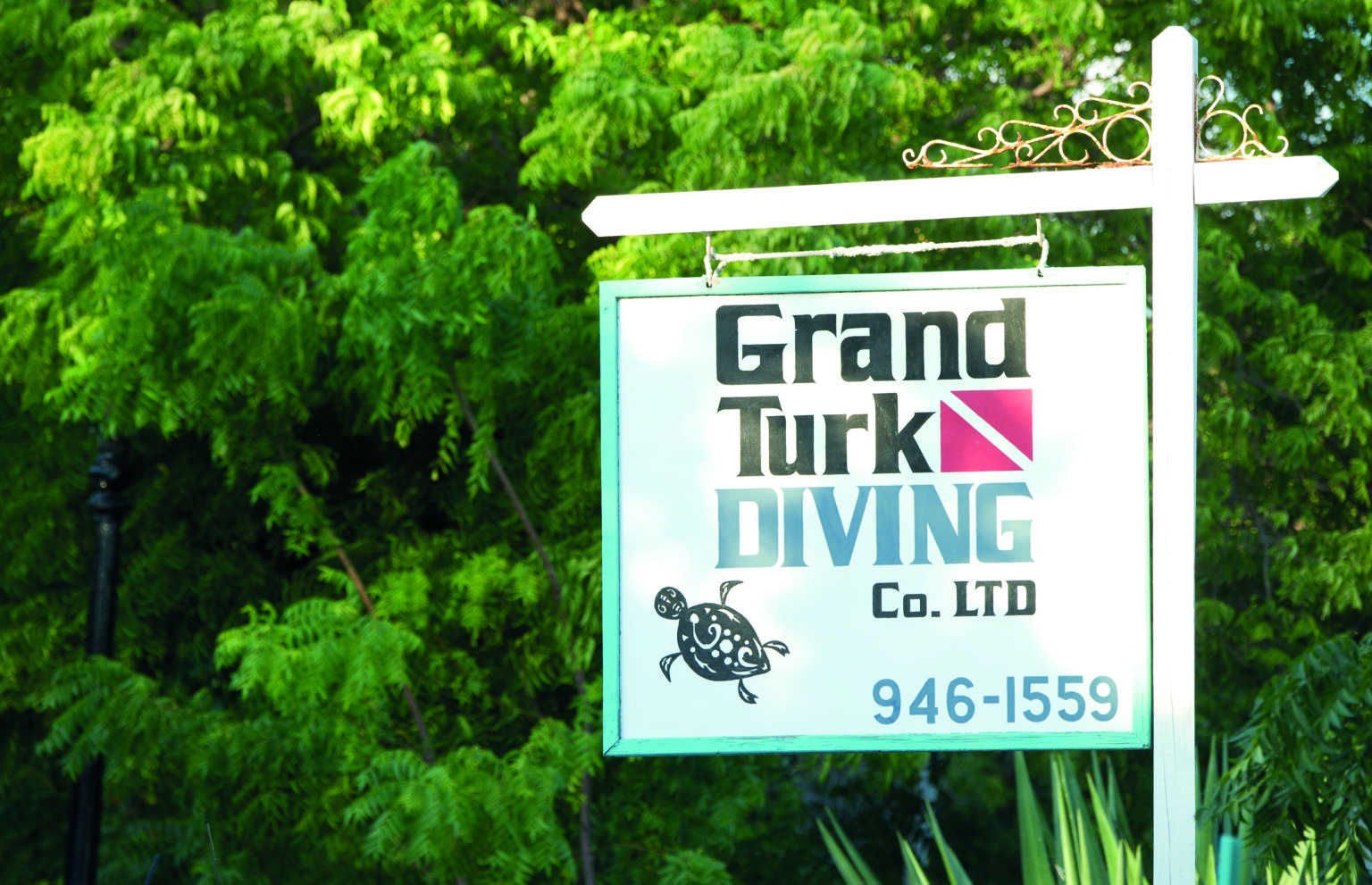
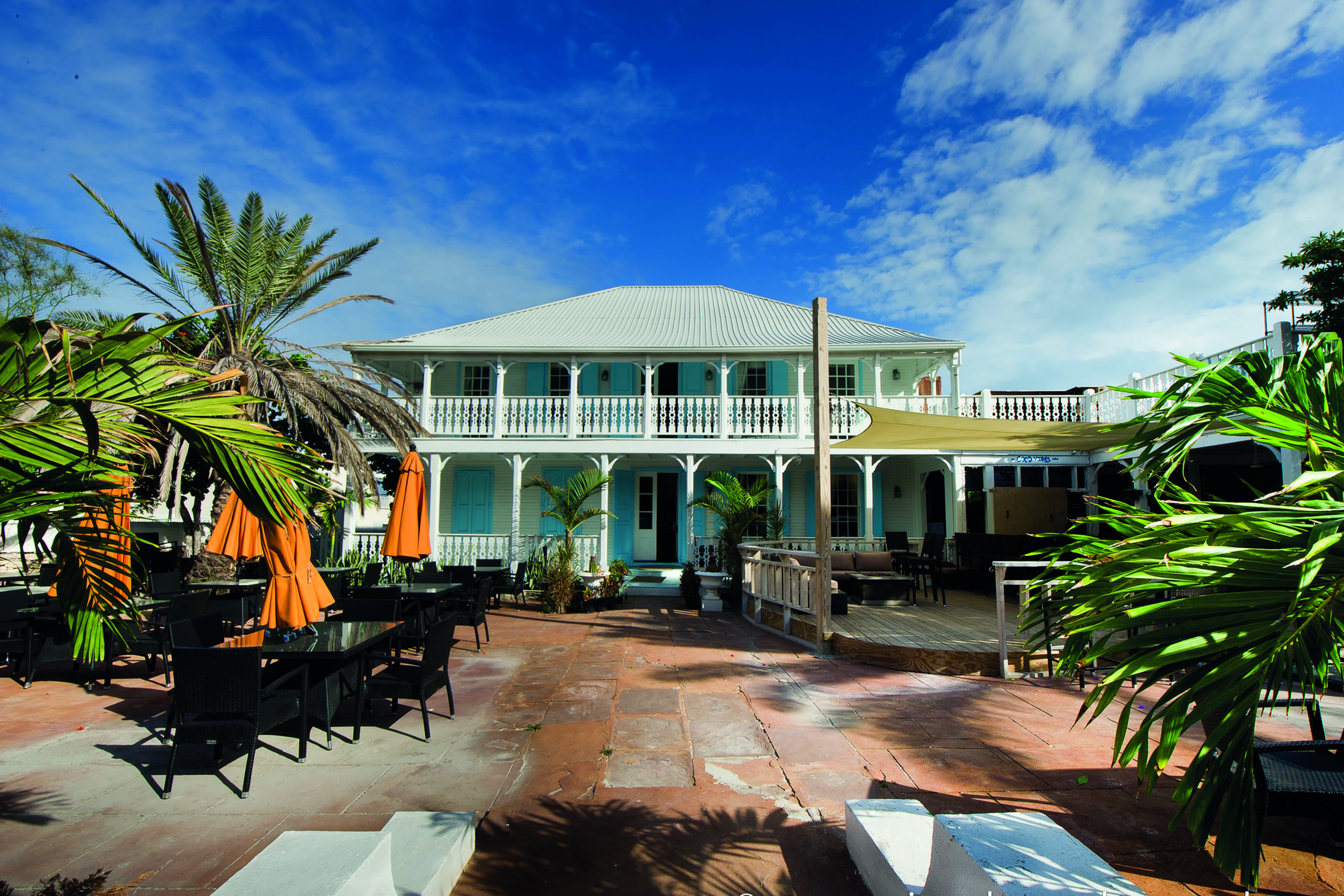
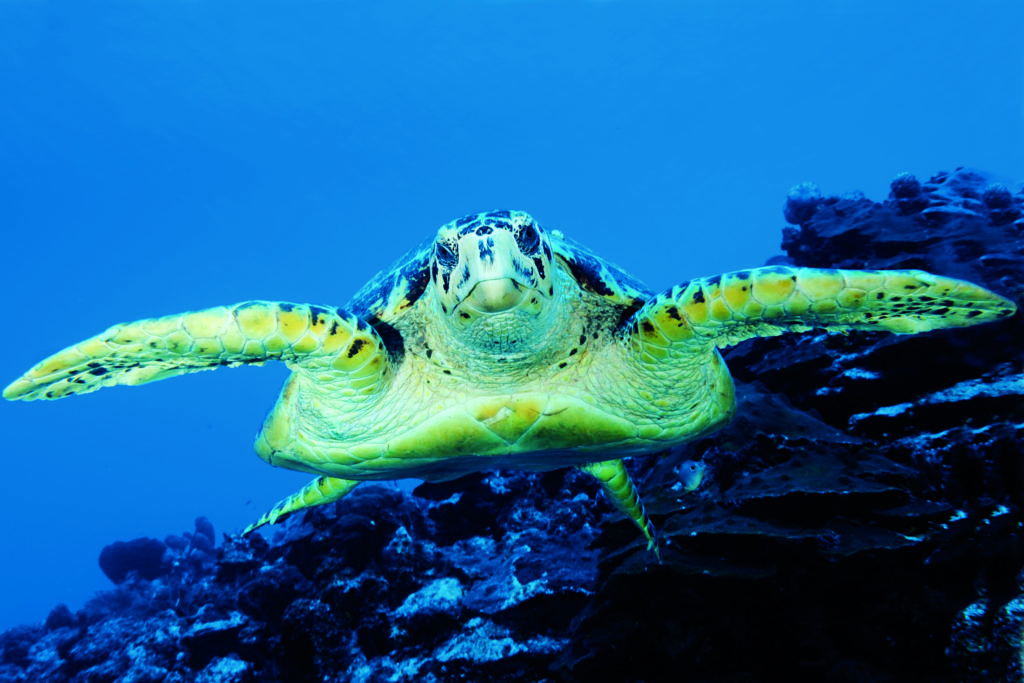
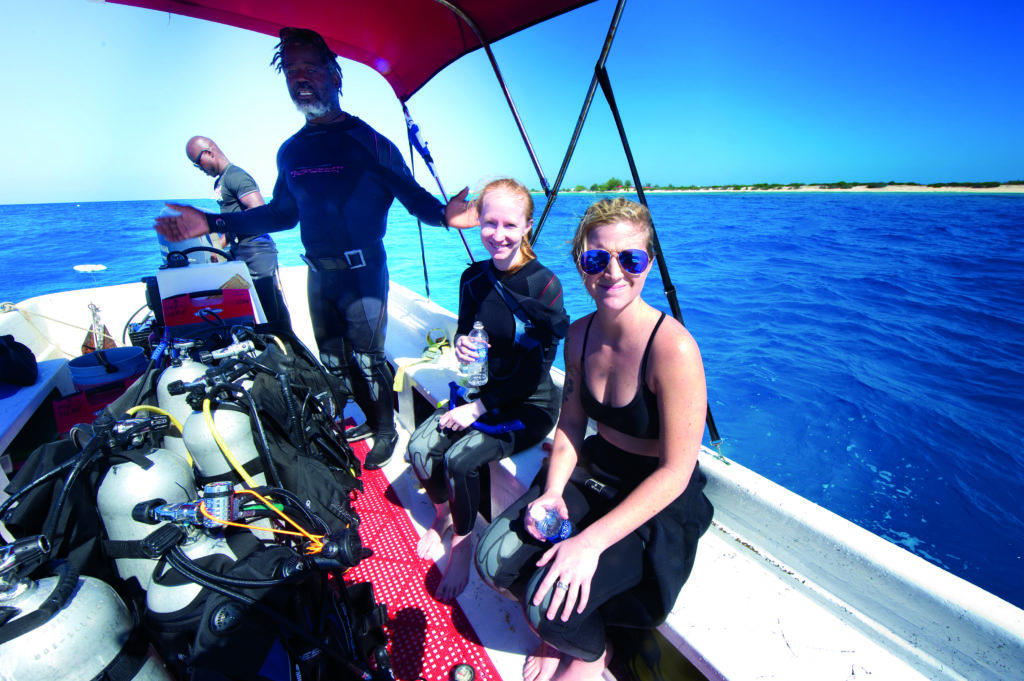








I first discovered diving on Grand Turk in 1994 and have gone back many times. It is all this article said and more!